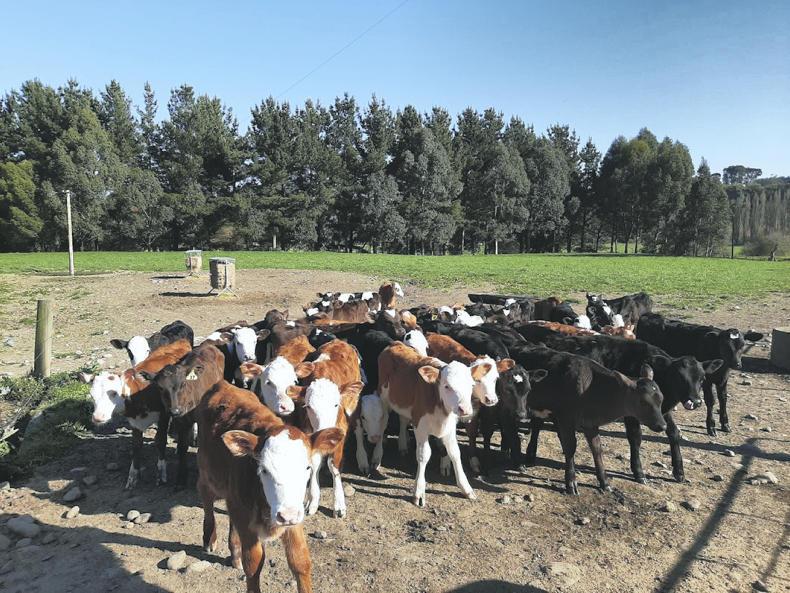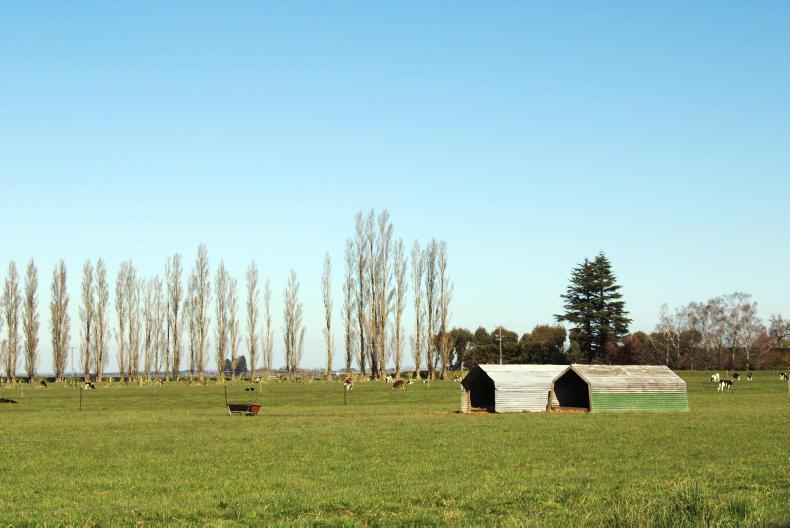This has been seen through lower morbidity and mortality rates in calves as well as achieving target weights in increasing percentages of our replacement heifers.
The way to do this, we are all now familiar with is to begin at birth. Colostrum management has become an excellent practice on many farms and the range of milk feeding options are more carefully selected to get the best out of our heifers in the first eight weeks of life, achieving daily liveweight gains in excess of 0.8-0.9kg/day in many cases.
Then comes weaning. Taking a gradual weaning method, we minimise stress on calves at weaning. With milk volumes decreasing over one to two weeks. But is this enough? Have we prepared calves for what is to come? And do we know what our calves need post-weaning?
With a gap of knowledge in the area of grazing calves we can take what we know about the science and nutrition along with experiences on various farms across the country. In many cases we let out the ‘best heifers we ever had’ to see them melt away without known cause. How do we stop this?
1. Prepare calves with a different view

Instead of focusing on calf daily liveweight gains, weaning at a certain age or weight, focus on the rumen. No matter what method of milk feeding we choose, it is an artificial method and it is key to remember this. We expect calves to develop their rumens rapidly in the first months of life. We need to look at it with a view of "keep the calf healthy while we prepare for life after milk". We need to acknowledge what it means to be prepared for life after milk.
For example, if calf A is 100kg, 10 weeks old and consuming 0.75kg concentrates per day, they still need time before weaning. If calf B is 70kg, six weeks old and consuming 1.5kg concentrates per day, we can consider weaning. Why? Because the rumen is doing far more work than calf A and thus is more prepared for life after milk.
It is not about getting them weaned earlier per se, it is about knowing what is right for your calf’s situation.
If you want to wean calves earlier, rumen function is of utmost importance and so selecting a programme to promote healthy rumen development is the way to go. Once a day feeding is one of the predominant milk feeding practices in grass based systems worldwide and it is an option to consider if early weaning is a concern on your farm.
2. Respect all transition phases

We are all about easing calves off milk, to help them to adjust to their new diet. This is critical and it makes sense as research has shown that weaning can result in a compromised gut, leading to health issues. We can see it very clearly during the weaning period because it is a very obvious dietary change for the calf, but we also must consider any changes post-weaning. For example, if calves are weaned indoors, this is a major dietary change and, when they move outdoors post weaning, it is another major dietary change. Consider all the movements and changes you make in your calf’s first year. Even though we are waiting for the rumen to be ‘developed’ to wean calves.
The reality is that the rumen is only developed enough to sustain the calves but in the first 10-12 months of life the rumen is continuing to develop and the intestinal tract is highly sensitive.
3. Be aware of non-dietary stressors
As a calf develops and grows it is still more vulnerable than an adult animal, much like a transition cow (post-partum), it has many added demands on its body than just staying healthy. The way in which a calf reacts to these stressors can be different to that of an adult. The first thing to be affected is its gastrointestinal tract. It becomes permeable, the rumen is unable to adjust to new settings rapidly enough, the calf scours and other secondary symptoms such as respiratory issues can occur. As a lot of this can happen simultaneously, it can be difficult to select the original issues. More often than not it is a simple stressor that kicks it off. This includes:
a. Changing weather, including cold snaps and heat stress.
b. Changing fields (varying altitude, shelter and grass type).
c. Removal of concentrates, vaccinations, worming.
d. Mixing of groups.
4. What lies beneath the surface?

When we consider grass we mainly think of protein and water content. What we should be doing is viewing grass in a similar light to cows while acknowledging that a calf is pre-cow. We often take the assumption that the best diet for cows is the best diet for weaned calves.
However, calves are far more sensitive than cows and smaller differences can have bigger consequences. The finer details such as minerals in the grass can have a major impact on calves. We often think our job is done when calves are weaned but we are learning that this is far from reality. As we push our calves more and more, driving them to consume the ‘best grass’, we are seeing more issues.
Reseeding is now commonplace on farms, this draws more nutrients from the ground during establishment.
Furthermore, all rumens need fibre and calves need a high amount of fibre in their diet. When we push for luscious grass, fibre content is low, nitrates are high and a lot more background details are happening. For example, recent grass samples taken from pasture of scouring calves displayed high molybdenum, very low sodium and well fertilised (high in nitrogen).
These are conditions that can predispose calves to digestive issues, and in serious cases lead to possible CCN which is related to low vitamin B1. It is a case that maintaining good fibre content in the calf’s diet and monitoring the content of grass can be detrimental to allowing calves to thrive.
Visit Bonanza @Calfchat Twitter page where we will be discussing stress in calves at grass on Thursday 11 June at 8 pm.
For further information and advice please visit www.bonanzacalf.ie/help-and-advice/ or follow @Bonanzcalf and @Calfchat on Twitter






 This is a subscriber-only article
This is a subscriber-only article






